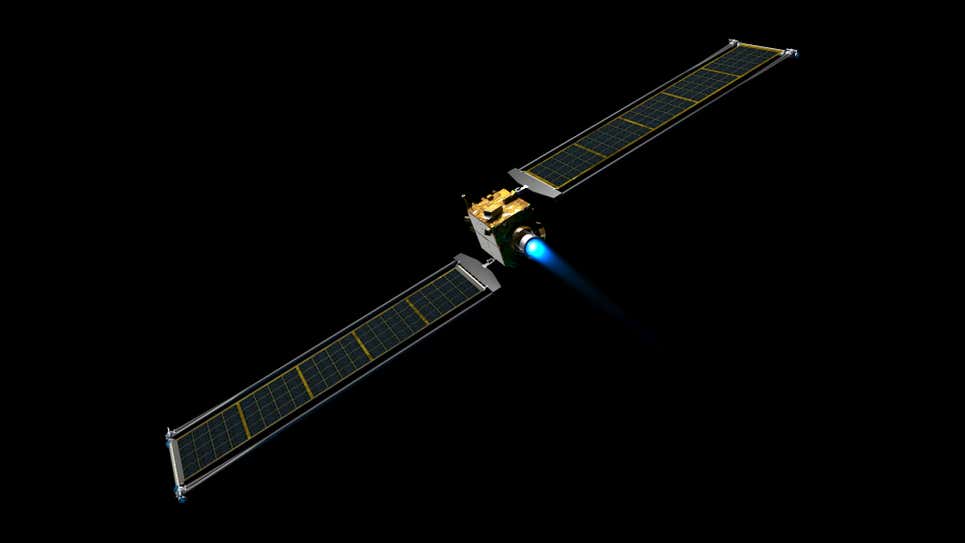A ship that will hit an asteroid sends the first pictures to Earth; a look
2 min read

Photo: NASA/Johns Hopkins Applied Physics Laboratory/Reproduction
It’s been a month ago DART . mission (Double Asteroid Redirection Test, in Portuguese) Launched towards the binary asteroid system Didymos and Demorphos. DART took its first images three weeks ago, an important operational milestone considering the spacecraft is close to colliding with Dimorphos.
The goal of the DART mission is to test an age-old NASA question: whether humanity can divert an asteroid’s path to prevent it from reaching Earth. Neither Didymus nor Demorphos threaten humanity, but their (relatively) close passage to Earth makes them good experimental targets. It’s better to check if we can change the path of the asteroid before then we need Change the path of an asteroid.

It should be noted that it was the impact of an asteroid on Earth that led to the extinction of the dinosaurs. NASA tracks many celestial bodies that are approaching our planet: they are called Near-Earth Objects (NEO). None of them are currently on a collision course with Earth. In fact, when you see cautionary headlines about these things near us, don’t worry: “Near” in cosmic jargon is often not near. DART will collide with Dimorphos at a distance of 11 million kilometers from Earth in September 2022, if all goes according to plan.
The image above was taken when DART was about 3 million kilometers from Earth using the spacecraft’s DRACO telescopic camera. It might just look like grainy darkness, but the picture shows about ten stars, according to that Release From Johns Hopkins University, USA. The area shown in the image is close to where the constellations Aries and Taurus overlap.

DRACO isn’t the only instrument aboard DART: the spacecraft also carries a small satellite that must be launched 10 days before it reaches the Didymos system. The camera captured another image three days before the first, capturing Messier 38, a group of stars about 4,200 light-years from Earth.
As DART progresses, DRACO will continue to take images along the way to help the DART team better understand any visual defects and calibrate brightness. This is useful information for taking the last picture of the mission, which is supposed to take place nine months from now.
Whether or not it affects Demorphos’ orbit, the DART collision will also demonstrate the spacecraft’s ability to navigate and impact an unidentified asteroid. Fortunately, we won’t need a real mission like this anytime soon.

“Entrepreneur. Music enthusiast. Lifelong communicator. General coffee aficionado. Internet scholar.”

:strip_icc()/s04.video.glbimg.com/x720/11792055.jpg)

:strip_icc()/s03.video.glbimg.com/x720/11786998.jpg)



